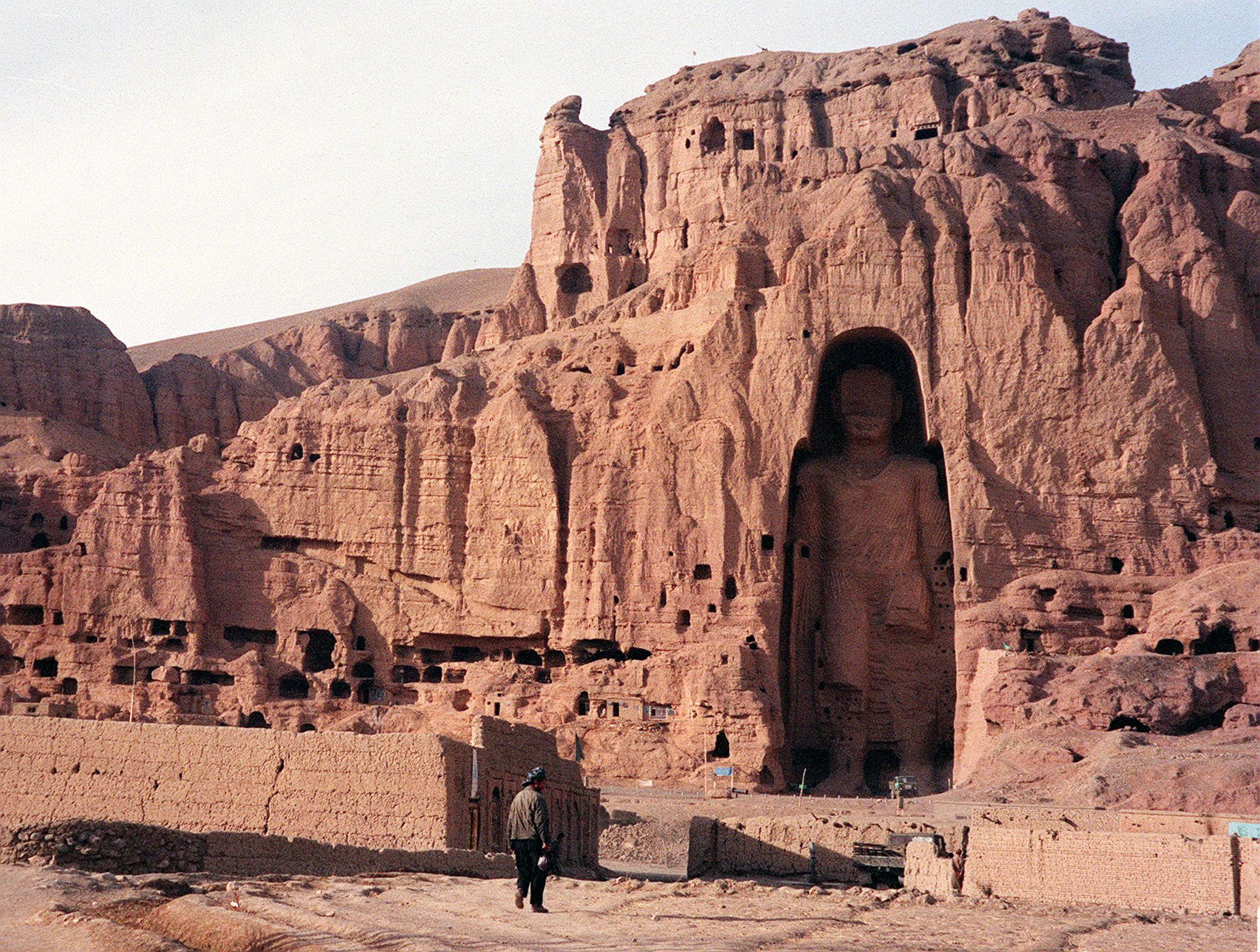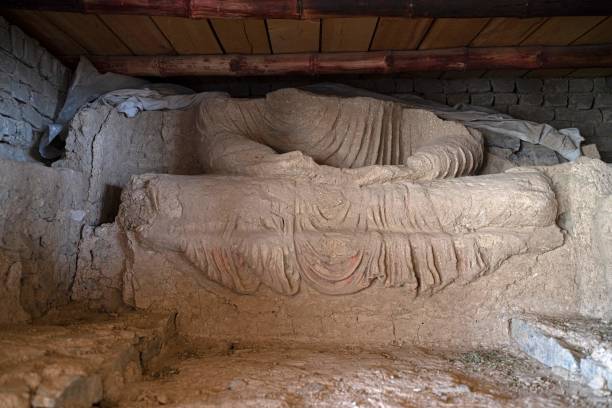Afghanistan archaeological sites dating back to 1000 BC plundered under Taliban rule
Satellite images analysed by researchers show first evidence of patterns of looting
Your support helps us to tell the story
From reproductive rights to climate change to Big Tech, The Independent is on the ground when the story is developing. Whether it's investigating the financials of Elon Musk's pro-Trump PAC or producing our latest documentary, 'The A Word', which shines a light on the American women fighting for reproductive rights, we know how important it is to parse out the facts from the messaging.
At such a critical moment in US history, we need reporters on the ground. Your donation allows us to keep sending journalists to speak to both sides of the story.
The Independent is trusted by Americans across the entire political spectrum. And unlike many other quality news outlets, we choose not to lock Americans out of our reporting and analysis with paywalls. We believe quality journalism should be available to everyone, paid for by those who can afford it.
Your support makes all the difference.More than 37 archaeological sites in Afghanistan have been destroyed and targeted with “systematic looting” under the Taliban-run government, according to researchers at the University of Chicago.
Researchers at the university’s Center for Cultural Heritage Preservation identified 162 ancient settlements that faced devastation at an alarming rate between 2018 and 2021, continuing at 37 sites since the Taliban returned to power in 2021.
The analysis of satellite images of sites identified around northern Afghanistan’s Balkh region has provided the first evidence of patterns of looting that were initially identified under the Taliban’s first stint in power and have continued since, according to a BBC report.
The sites that have been plundered date back to the Late Bronze Age and Iron Age, with some even predating 1000 BC, researchers say.
Most of these sites are located in the Balkh region, formerly the central territory of Bactria, which boasts a storied past dating to the 6th Century BC during the Achaemenid Empire era. Subsequently, it was captured by Alexander the Great, evolving into a hub for Zoroastrianism and Buddhist faith. It later became a centre for Islamic culture.
The researchers have identified 29,000 archaeological sites across Afghanistan.
The Taliban returned to power after overthrowing the Ashraf Ghani government and promised to respect the country’s ancient heritage among its other assurances of maintaining a more moderate rule.
During their first stint in power in 2001, Taliban left the historians stunned after destroying a statue of the Bamiyan Buddhas, which had stood as the world’s largest Buddha statue for over 1,500 years. The Unesco world heritage site of Afghan Buddhism was a holy site for Buddhists on the Silk Road route.

Professor Gil Stein, the director of the Center for Cultural Heritage Preservation at Chicago university, told the British broadcaster that they have identified a new pattern of destruction in the region since 2018.
Satellite imagery showed marks on the pictures that his team says could have been left behind by the bulldozers that left track marks which disappeared over time.
More images showed newly bulldozed sites punctuated with pits dug out by looters, Mr Stein said, adding that they were “clearing out vast areas to make it easier to loot the site systematically”.
These looted artefacts could have been smuggled out of Afghanistan through Iran, Pakistan and other countries, he said, adding could end up being displayed in museums or auction houses in Europe, North America, and east Asia.
He said some 162 sites were "devastated at an astonishing rate of one a week" in the span of four years from 2018 to 2021 and continued after the Taliban overthrew his government in 2021.
The Taliban government officials have rejected the claims of destruction and plundering of historical sites in the country.

Atiqullah Azizi, the Taliban’s acting deputy minister for information and culture, told BBC that 800 units have been assigned to safeguard the sites of historical importance.
“We sent various teams to check the sites and I can reassure you that there hasn’t been a single incident in any of those sites,” he said.
However, the Professor Stein said: “We can show there was continuity even across two very different political regimes.”

Join our commenting forum
Join thought-provoking conversations, follow other Independent readers and see their replies
Comments